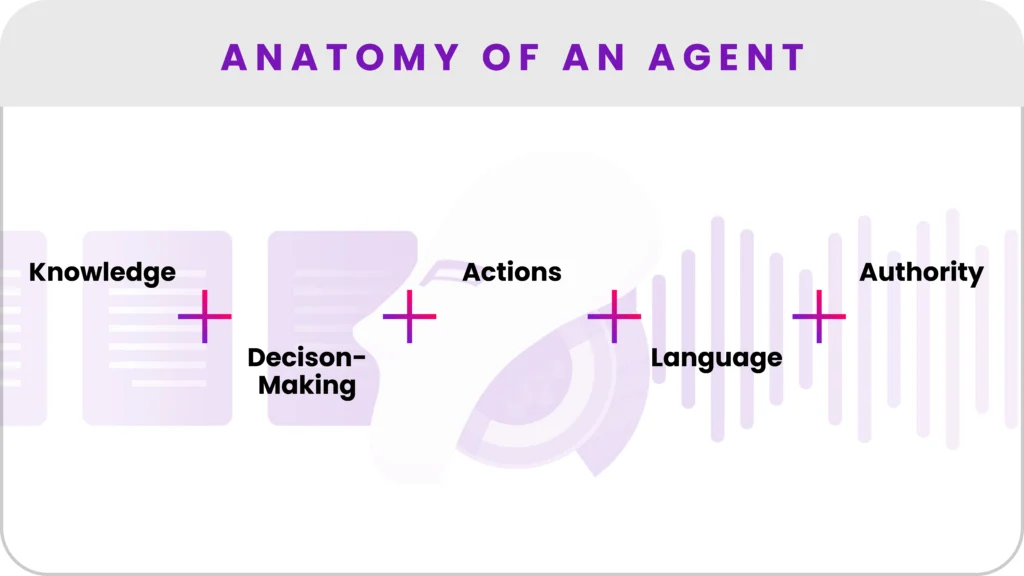It has always been a moral imperative for healthcare providers to provide treatment to patients. However, since the Center for Medicare and Medicaid Services (CMS) began reimbursing hospitals based on HCAHPS scores, it has also been a financial priority.
For providers, achieving HCAHPS score improvement means unlocking macro business benefits. Patients are more attracted to the services offered, and they are more confident about long-term engagements and complex procedures. As a result, patient experience directly impacts HCAHPS scores and reimbursement. Therefore, improving your score boosts both clinical outcomes and ensures long-term business resiliency.
How can hospitals boost this all-important metric?
Understanding HCAHPS scores
In general terms, the Hospital Consumer Assessment of Healthcare Providers and Systems (HCAHPS) survey is a way for healthcare consumers to communicate with their providers about their experience during their hospital stay.
Pronounced “H-caps,” the HCAHPS is the first standardized and publicly reported survey of a patient’s perspectives of hospital care. It began in 2002, when CMS partnered with the Agency for Healthcare Research and Quality (AHRQ) to establish and evaluate the HCAHPS Survey. However, the official implementation did not begin until October 2006, and the first publicly available reports followed in March 2008.
Ever since then, hospitals have been under more scrutiny than ever before.
On average, about 7,700 patients complete the survey daily. The March 2021 HCAHPS fact sheet update states that 4,517 hospitals have reported their HCAHPS scores according to 2.8 million survey completions in October 2020.
The HCAHPS survey contains 29 questions that ask patients about their recent hospital stay. Patients provide feedback on their experience with a healthcare provider in specific areas such as:
- Communication with doctors
- Communication with nurses
- Discharge information
- Communication about medicine
- Pain management
- Responsiveness of hospital personnel
- Hospital rating
- Cleanliness and conduciveness of the hospital environment
The fundamental intent of the HCAHPS initiative is to offer a standardized survey tool and data collection system for assessing healthcare consumers’ perceptions of providers’ quality of care.
Why are HCAHPS scores important?
Before HCAHPS, numerous providers collected data on patients’ satisfaction. However, there was no national standard for collecting or openly broadcasting patients’ take on the quality of care. HCAHPS scores have allowed for meaningful comparisons between hospitals. This is why HCAHPS score improvement has become such a crucial goal for providers everywhere.
The HCAHPS survey and its results are extremely vital for healthcare providers and consumers. First, it serves as the patients’ voice, a view into the patients’ perception of the provided care. The only way for health systems to improve is to receive high-quality, actionable feedback. The HCAHPS survey allows providers to unlock this information so they can plan how to improve their operations.
Secondly, since HCAHPS results are publicly available on the internet, they directly impact a healthcare provider’s reputation.
Finally, the government provides reimbursements based on these results – meaning that exceptional survey performance helps to keep a hospital’s financial position strong.
HCAHPS score improvement strategies
As healthcare becomes increasingly consumerized, it is more important than ever for providers to offer a positive consumer experience. If they don’t, then the market will learn about it, and their bottom line could suffer.
Moreover, under the value-based purchasing program, providers could be financially penalized for low HCAHPS scores. As such, savvy hospitals constantly look for ways to improve patient satisfaction and by virtue, maintain a healthy link between their HCAHPS scores and reimbursement.
Here are some effective HCAHPS score improvement strategies you can apply:
1. Optimize patient communications
In healthcare,, communication is crucial. A surefire way to achieve a poor HCAHPS score is make it hard for patients to communicate their needs to providers. Providers should be onboarding tools that allow them to meet patients where they are – on their cell phones – and leave behind the outdated model of cold calls and phone trees.
2. Establish a strong culture of positive patient experience.
Significant and long-lasting HCAHPS score improvement depends on the culture of your hospital. Healthcare facilities with management teams that focus more on the importance of patient satisfaction will find more success. Therefore, the key is training each and every member of the staff to embrace a patient-centric approach and emphasize the importance of patient satisfaction.
3. Keep staff members happy.
Aside from training, it is vital to always keep the members of your staff happy. Most of the discussions regarding HCAHPS score improvement revolve around improving patient experience. Ignoring the satisfaction of your own staff members directly impacts the patient’s experience. More empowered and engaged staff members directly translate into happier patients.
4. Improve the process of issue resolution.
There is nothing more infuriating for healthcare consumers than provider care issues without a straightforward resolution. In order to improve HCAHPS scores, it is essential for healthcare providers to streamline the issues resolution process.
Whether it’s appointments, patient triage, or access to medical information, it is vital that the management of all issues that patients may encounter is systematic and simplified. One way of doing this is reducing the gap in care management by ensuring patients present for scheduled appointments, recalls, and referrals.
5. Embrace patient education.
Educating patients throughout their hospital stay is another effective way to improve HCAHPS scores. It is vital to start teaching and educating your patients from the day they come in. This ensures they will be ready to care for themselves after discharge. This is not only a key mechanism towards HCAHPS score improvement, but also an established approach in reducing patients’ readmission rates.
Every interaction you have with your patients presents a great opportunity for education – about their condition, medication, as well as post-discharge plans.
Communication is central to HCAHP score improvement
To stress: effective communication is central to HCAHPS score improvement. It is the foundation of a positive patient experience for both patients and providers alike. In fact, a variety of questions in the HCAHPS survey address the issue of communication.
For example, some questions require patients to provide information on:
- Whether they received enough information about their health problems.
- If the physicians, nurses, or other staff discussed the help the patient might need after discharge.
- If hospital staff members informed them about the medications they were taking and why they were necessary.
- If physicians and nurses explained things in a way that they could understand.
All of these areas of concern can be better addressed by optimizing communications
With the advancement of digital technologies, there are now effective tools and tactics that healthcare providers use to improve their communication with patients. They can allow them to text. They can speak their language. They can send automated follow-ups with key information. And much more.
Unified healthcare communication hubs such as WELL™ are demonstrating that healthcare technologies can improve patient communication around appointment management, during the hospital stay, and after discharge. Ultimately, this results in reduced staff workload, enhanced patient satisfaction and improved HCAHPS scores and reimbursement. ♥



